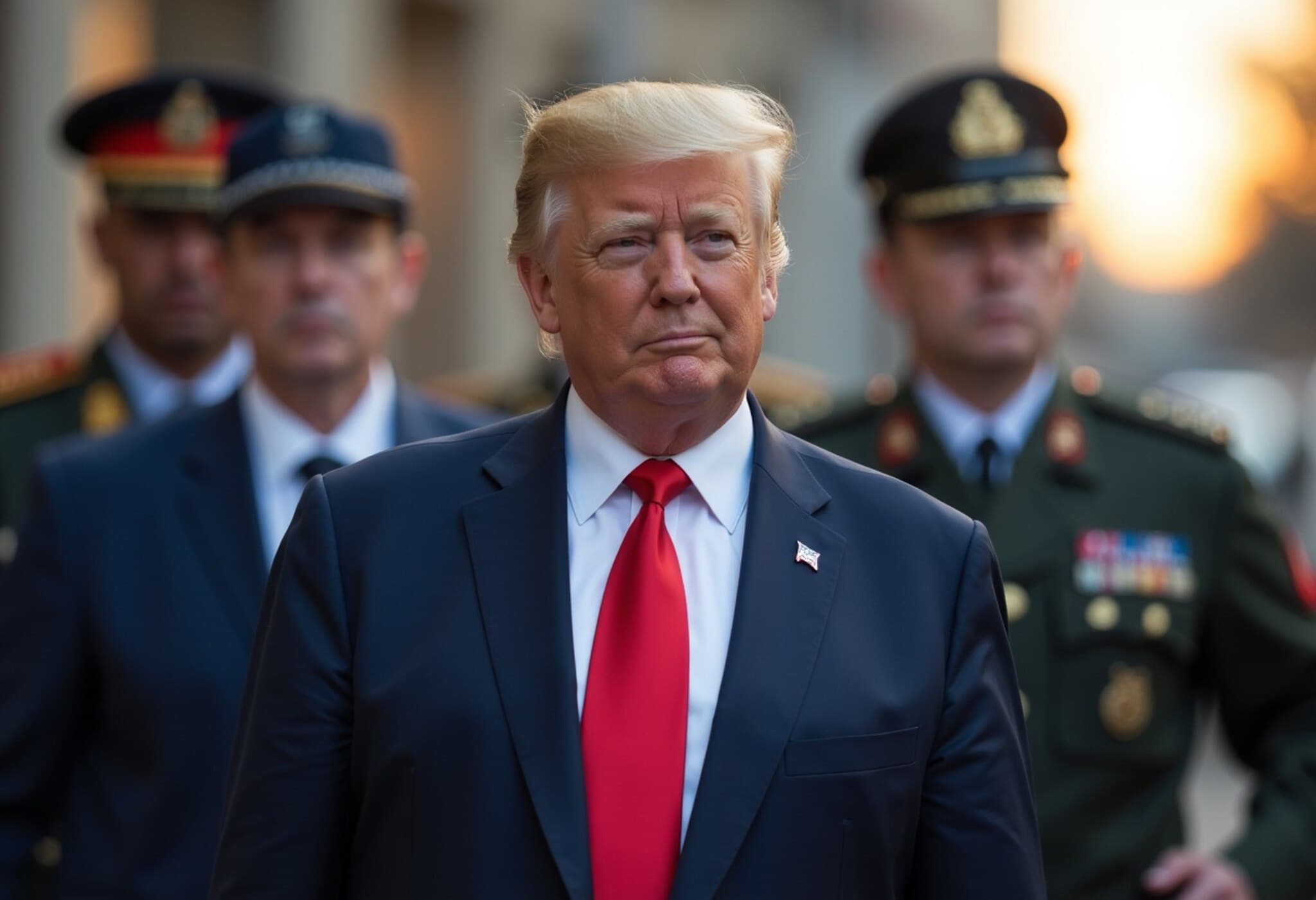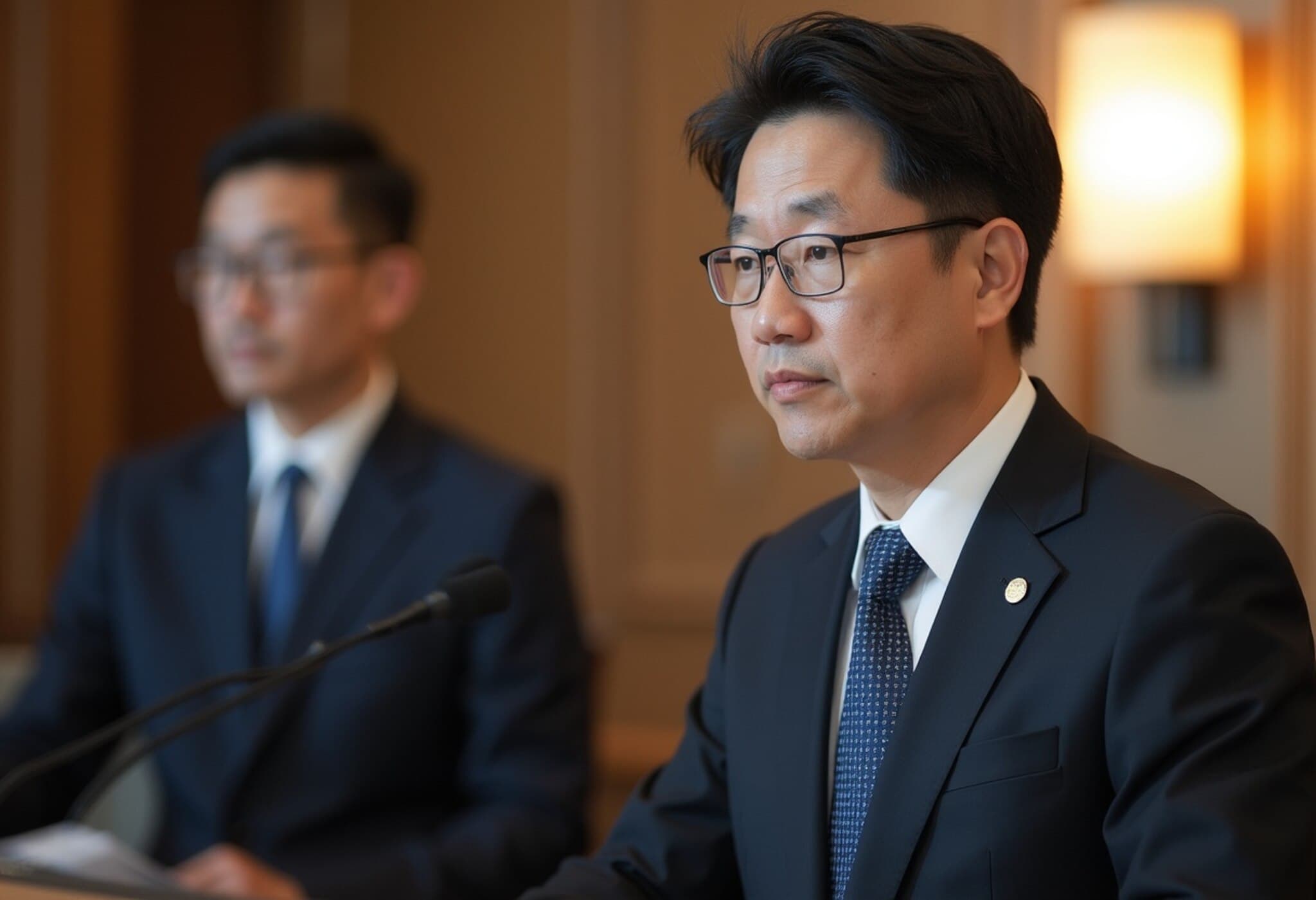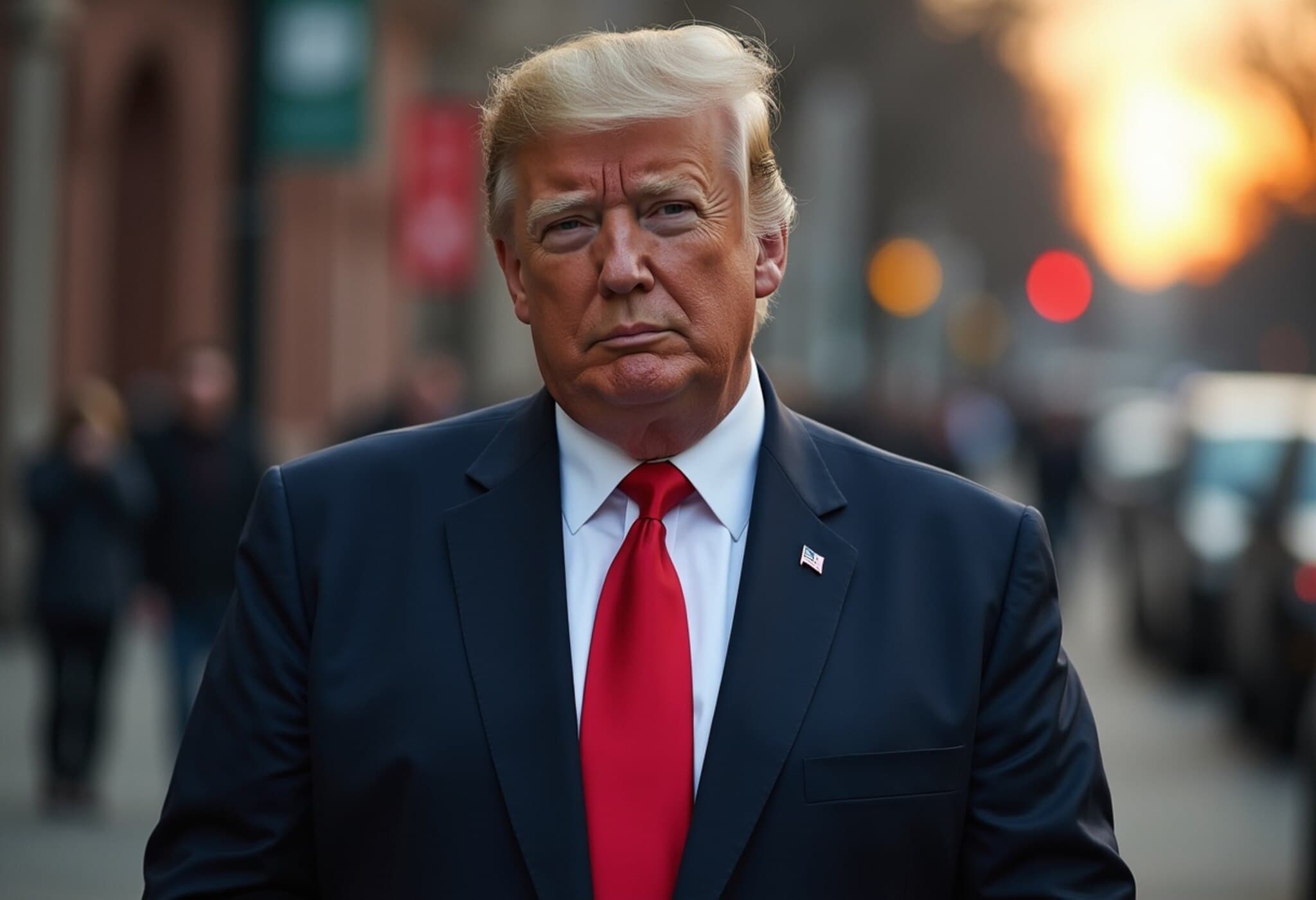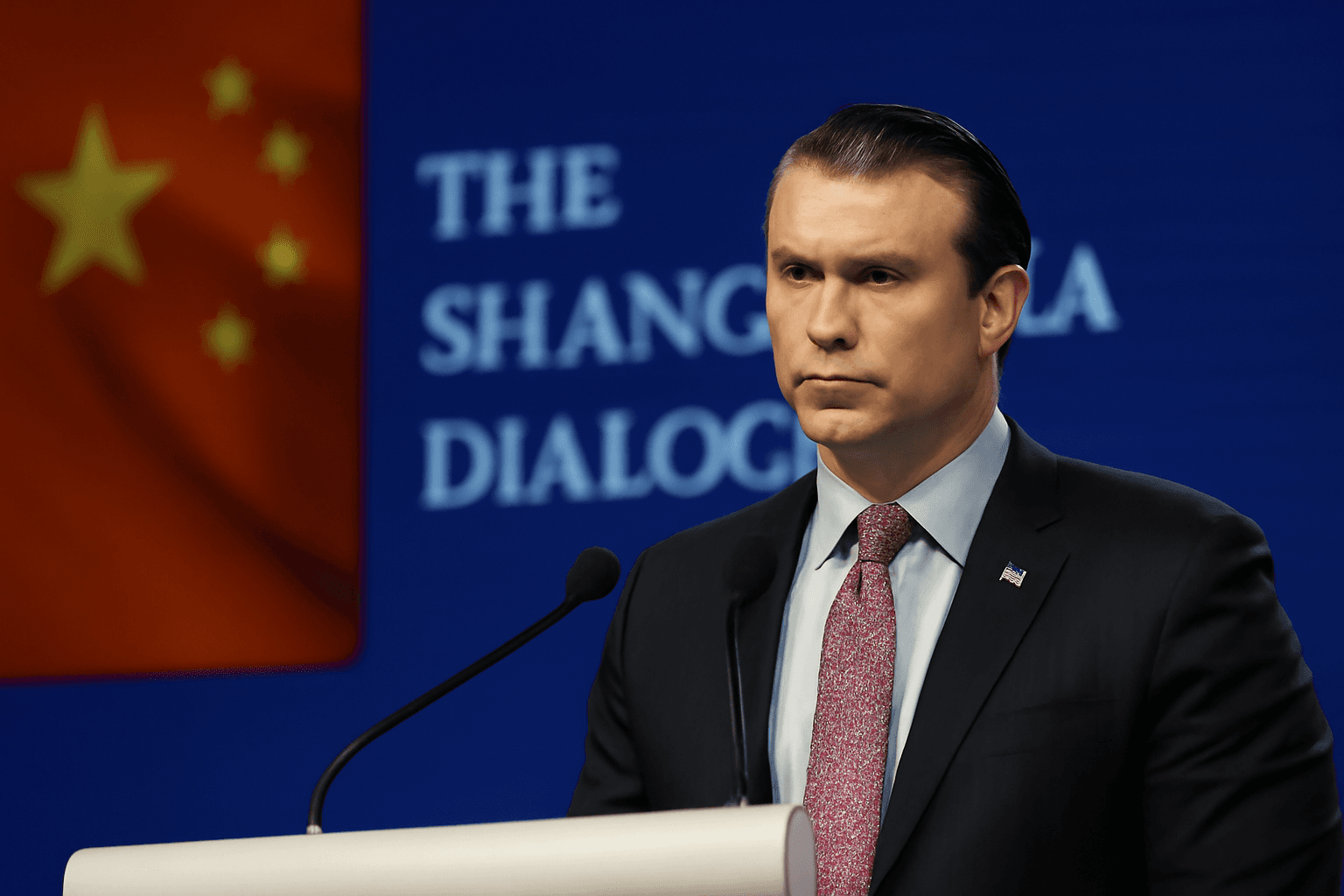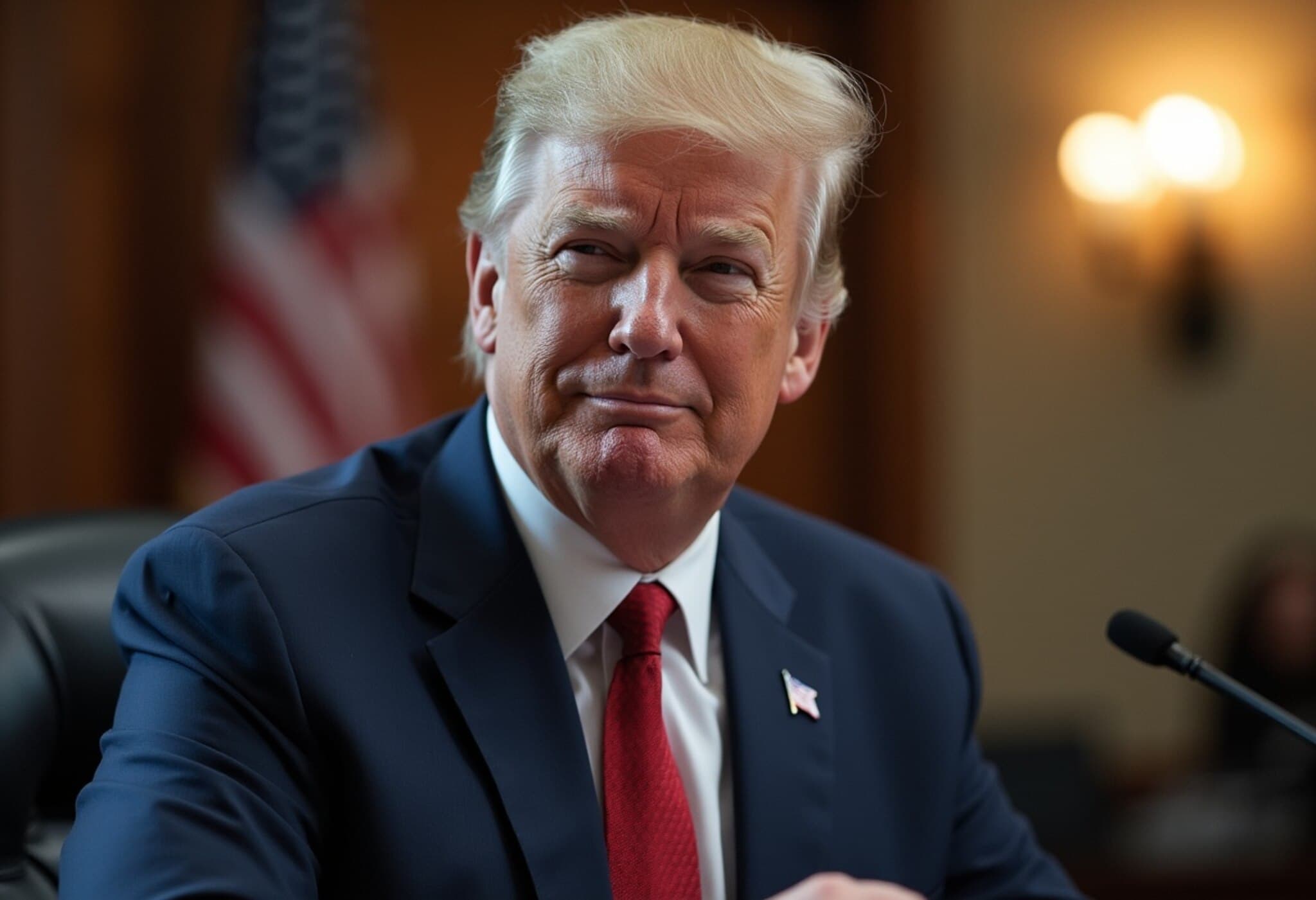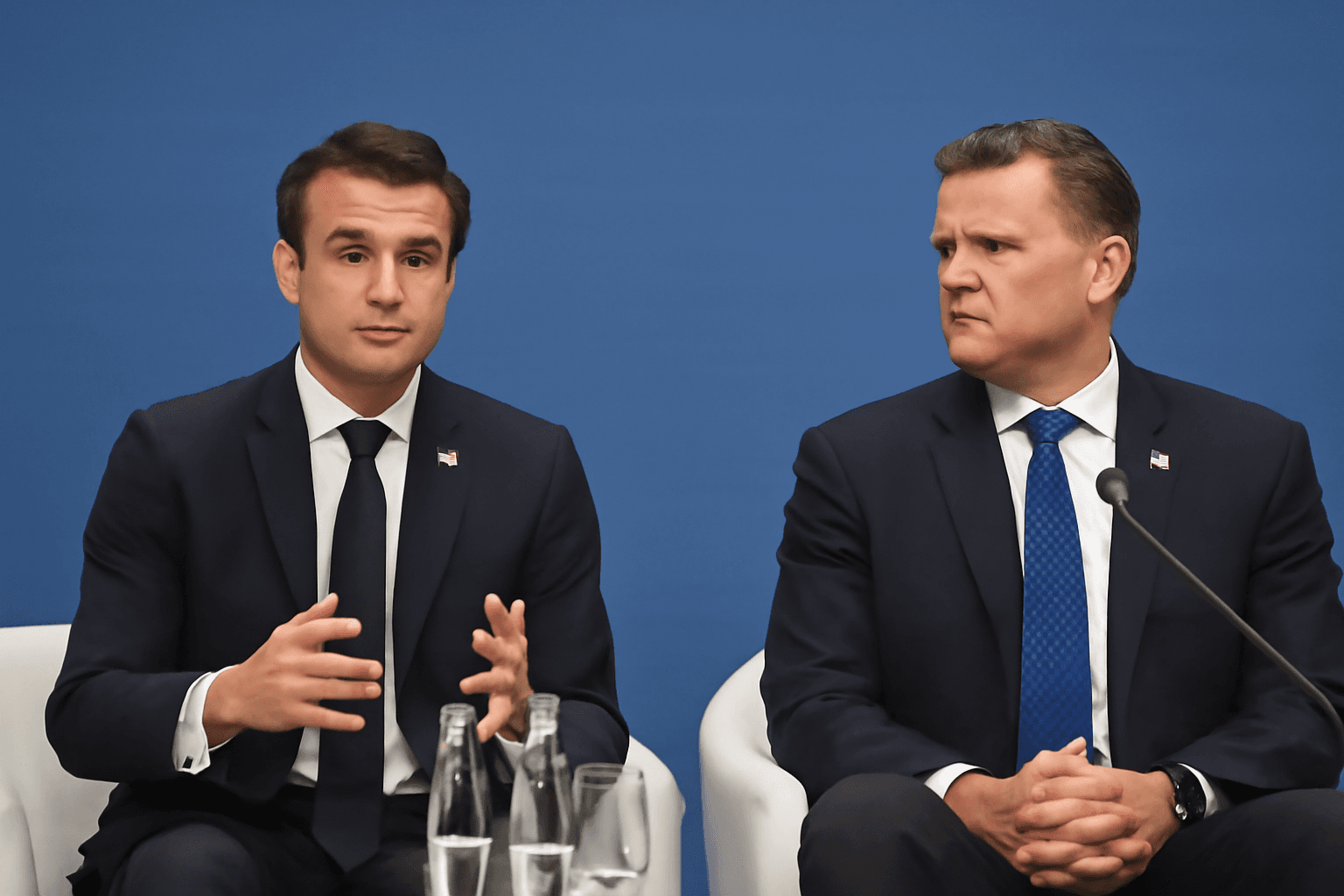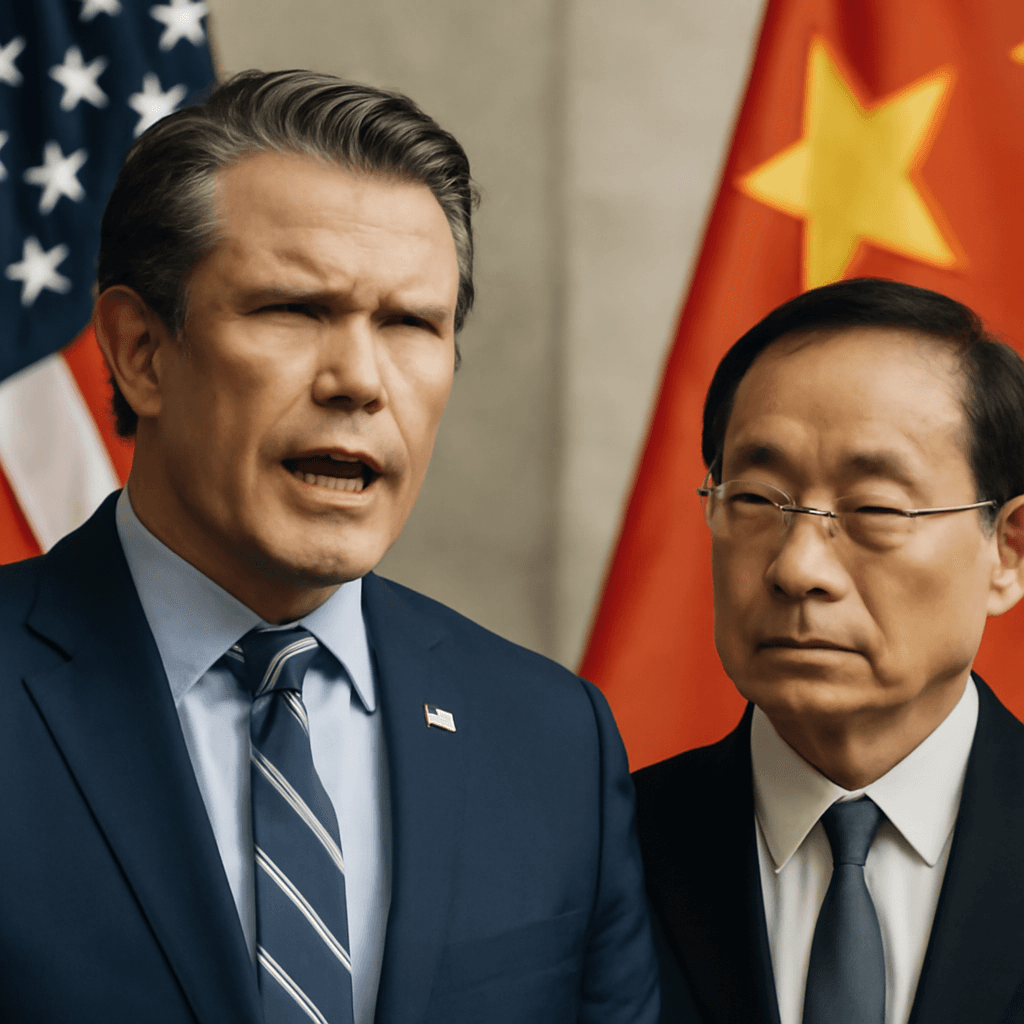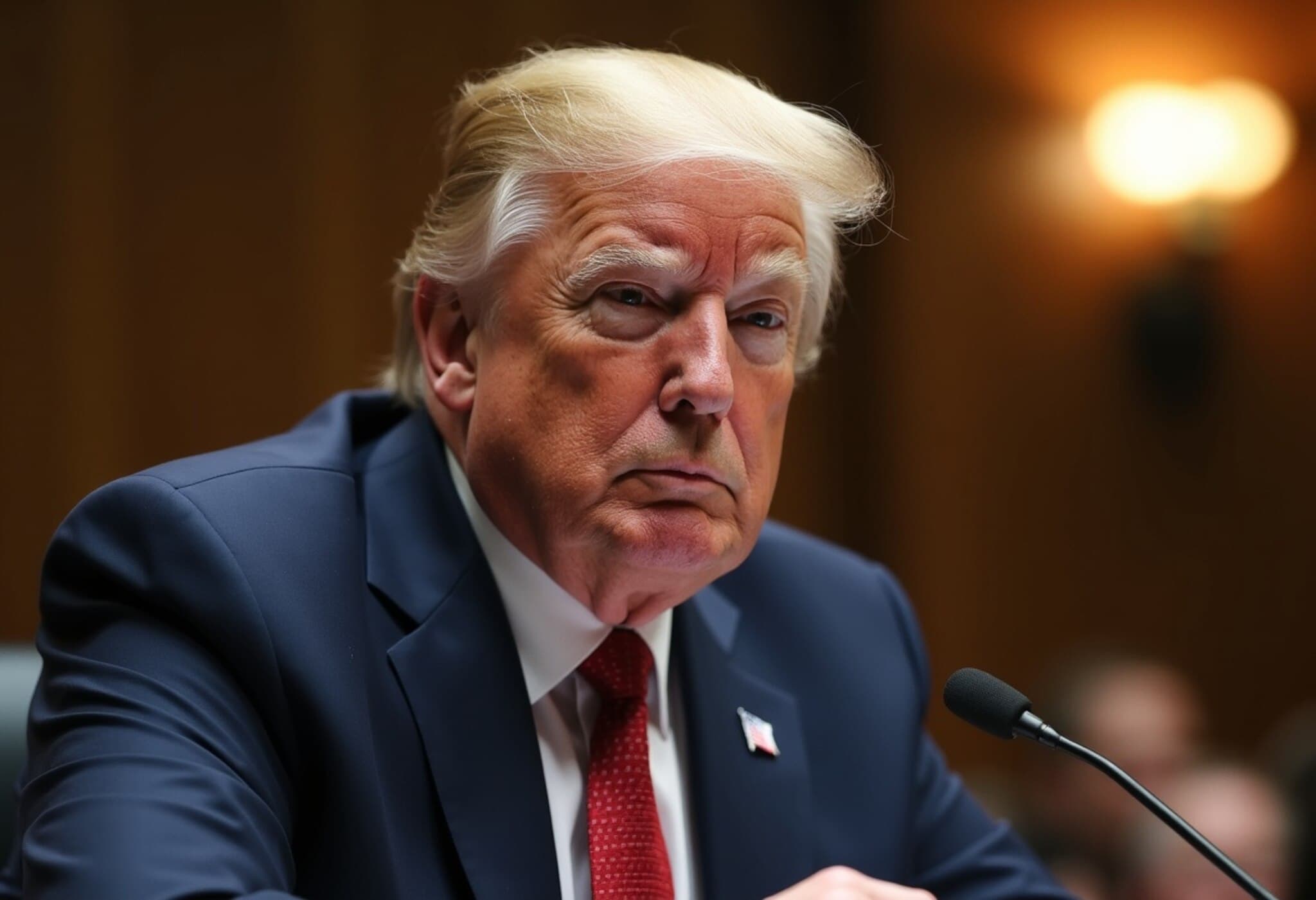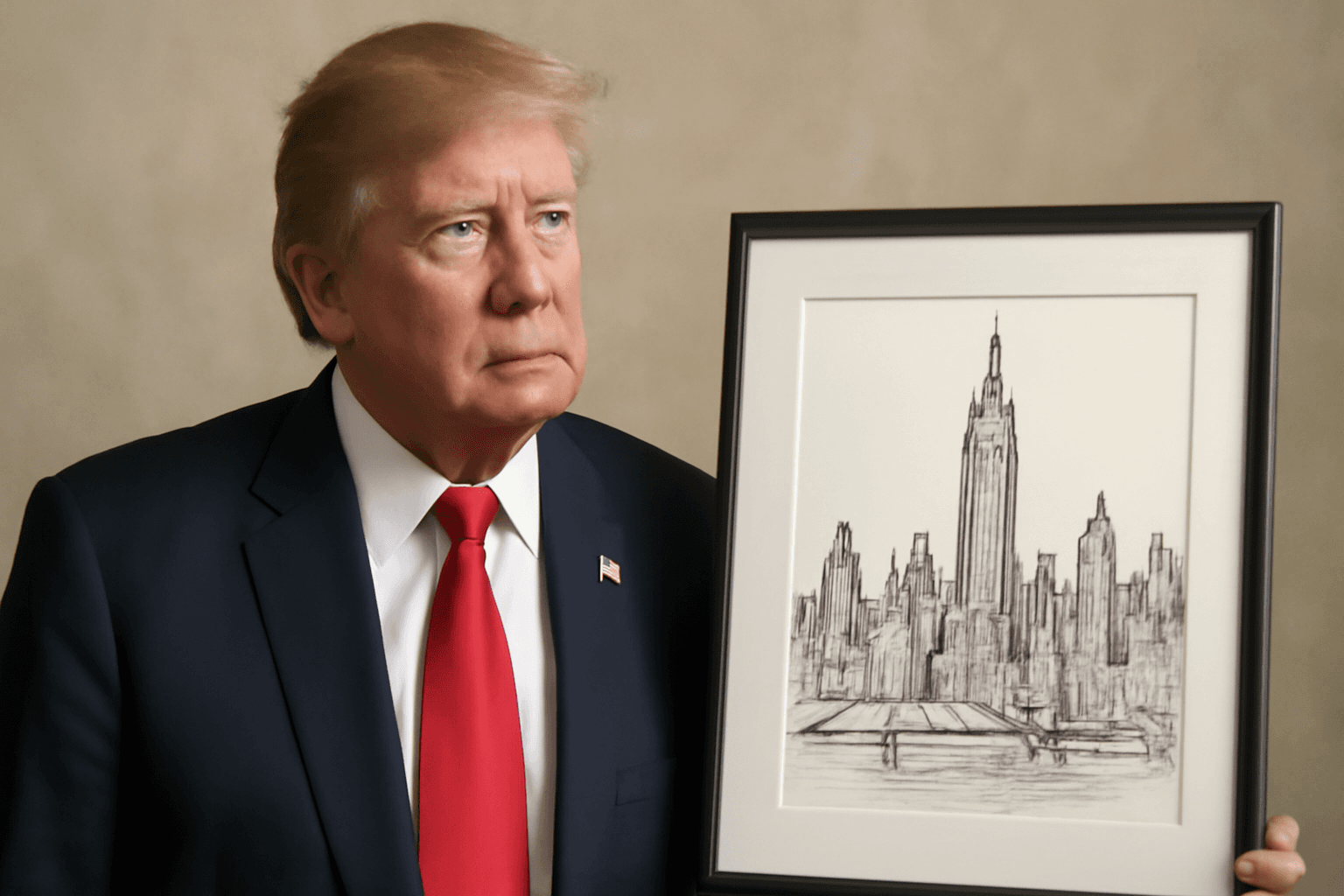Another Senior Aide Leaves Pentagon Under Defense Secretary Pete Hegseth
In a turbulent start to his tenure, U.S. Defense Secretary Pete Hegseth has seen a sixth key aide exit the Pentagon within just six months. The latest to depart is Justin Fulcher, who joined the department in late April and announced his resignation recently, marking a notable personnel shift inside the nation's top defense office.
Fulcher’s Departure: Amicable or Under Pressure?
Contrary to early speculation, Pentagon officials have stressed that Fulcher's exit was amicable and planned. In a message to The Washington Post, Fulcher expressed gratitude to Secretary Hegseth, President Donald Trump, and the dedicated civilians and military personnel he worked alongside. “Working with the committed men and women of the Department of Defense has been incredibly inspiring,” he said, underscoring that his half-year service was intentional from the outset.
Pentagon spokesman Sean Parnell confirmed the news, dismissing rumors that Fulcher was fired and calling him a “great guy.” An official Department of Defense statement echoed this sentiment, thanking Fulcher for his service and wishing him well in his future endeavors.
Contextual Tensions and Internal Challenges
While the official narrative presents a smooth transition, deeper reports reveal underlying tensions. Before joining the Pentagon, Fulcher — previously associated with Elon Musk’s US DOGE Service — reportedly had confrontations with Pentagon officials, including an incident where he abruptly left a meeting with DOGE team lead Yinon Weiss.
This episode escalated to Secretary Hegseth’s office, where friction mounted, leading to the dismissal of three senior advisers accused, albeit controversially, of leaking information to the media. These denials continue to fuel debate about internal transparency and trust within the Pentagon’s leadership ranks.
Additional reports highlight that Fulcher, alongside Hegseth’s attorney and then-chief of staff, were aware of surveillance measures intended to identify Pentagon leakers — raising significant questions about the department's approach to internal security and employee relations.
Washington’s Watchful Eye: Congressional Scrutiny
The rapid churn of staff under Hegseth has not gone unnoticed in Congress, where lawmakers express concern over stability and leadership within one of the country’s most vital departments. Frequent changes in top personnel can disrupt policy continuity and impact the Pentagon's operational effectiveness.
In addition to Fulcher, other departures include Dan Caldwell, Colin Carroll, Darin Selnick (all fired in April), Joe Kasper (who voluntarily resigned for private sector work), and John Ullyot, the Pentagon’s former chief spokesperson. These exits paint a picture of an administration still finding its footing amid complex internal challenges.
What This Means for the Pentagon and U.S. Defense
The revolving door at the Pentagon raises critical questions about the leadership style of Secretary Hegseth and the broader impact on national security policy during a volatile global period. Stability among senior ranks is crucial for effective decision-making and maintaining morale across defense agencies.
Experts suggest that while some personnel turnover is natural, the pace seen in these six months is unusually high, potentially signaling deeper cultural or political frictions within the Department of Defense. For policymakers and analysts alike, understanding the root causes of this instability will be key to predicting how the Pentagon will navigate future challenges.
Editor’s Note
The departure of Justin Fulcher, the sixth top official to leave under Secretary Hegseth, underscores an ongoing leadership shakeup within the Pentagon. Beyond mere staffing changes, these events illuminate the complex dynamics of trust, security, and organizational coherence at the heart of U.S. defense strategy. Readers should consider the broader implications of such turnover, especially how it may influence the Pentagon’s ability to execute its mission amidst evolving global threats.



